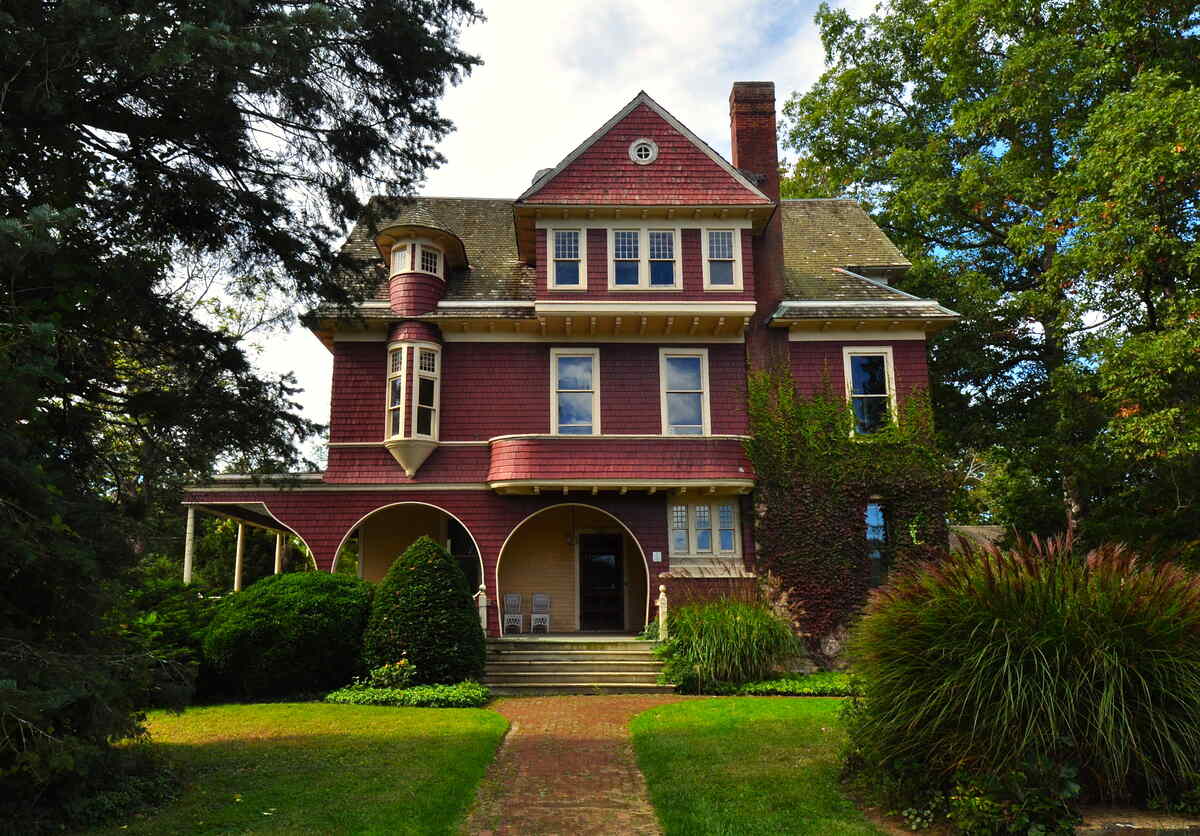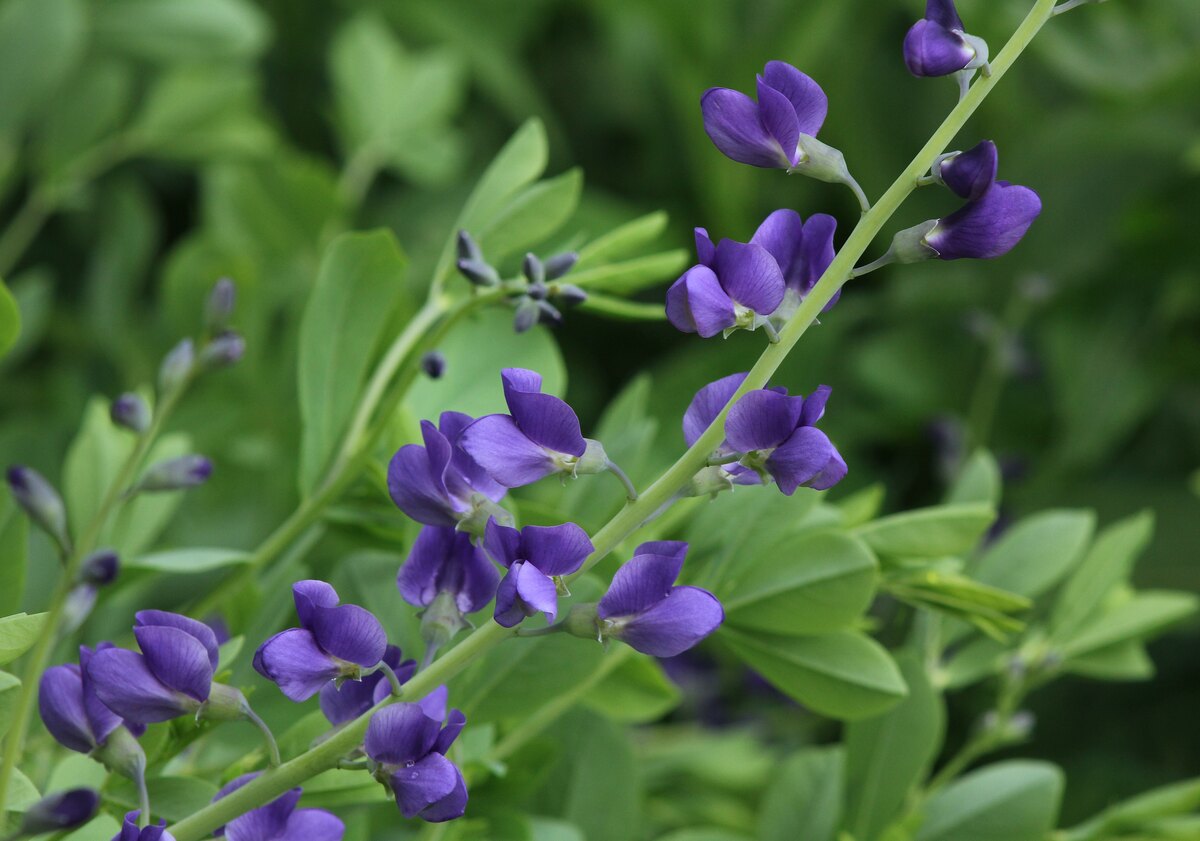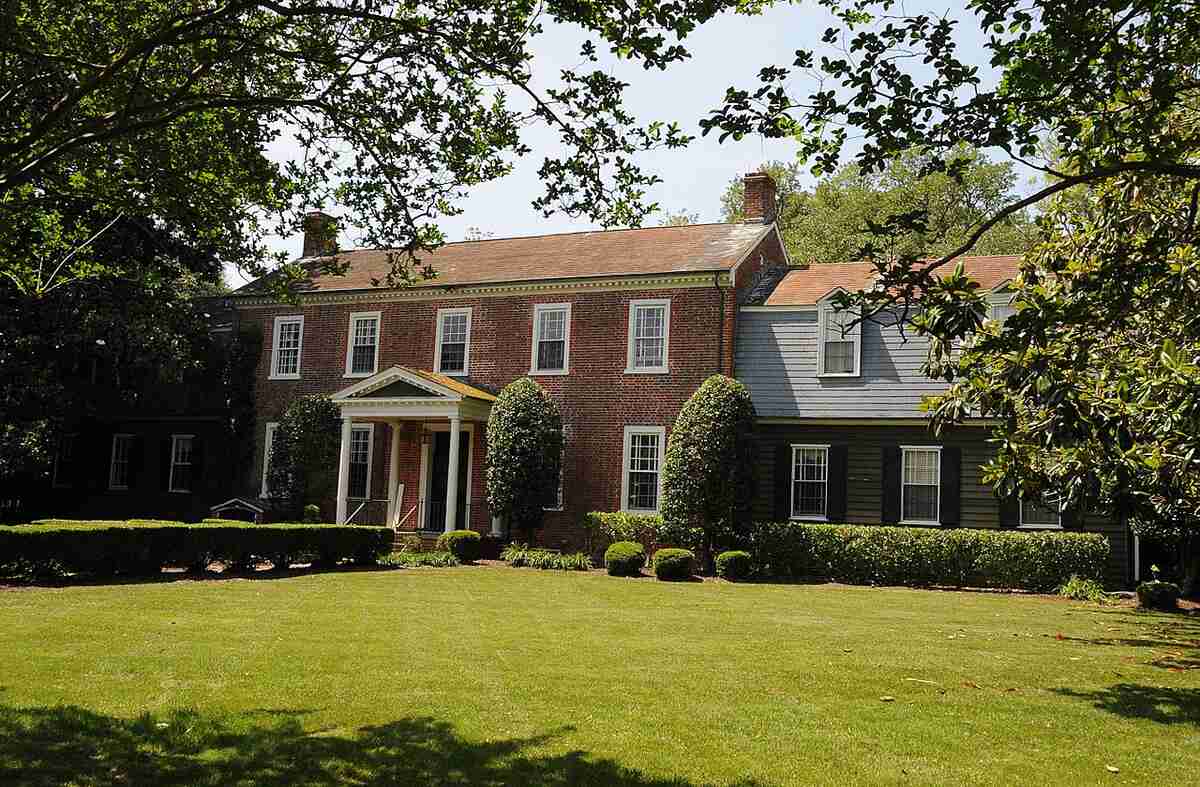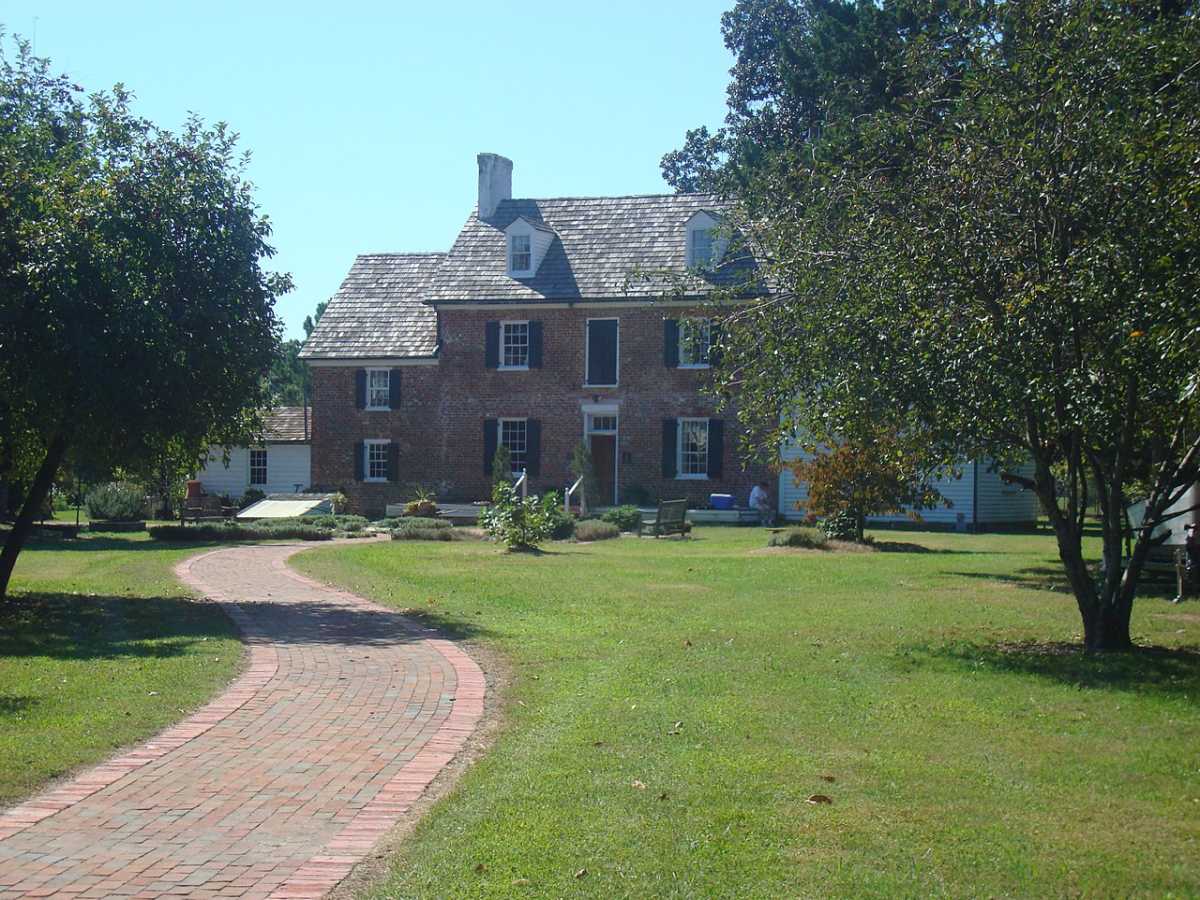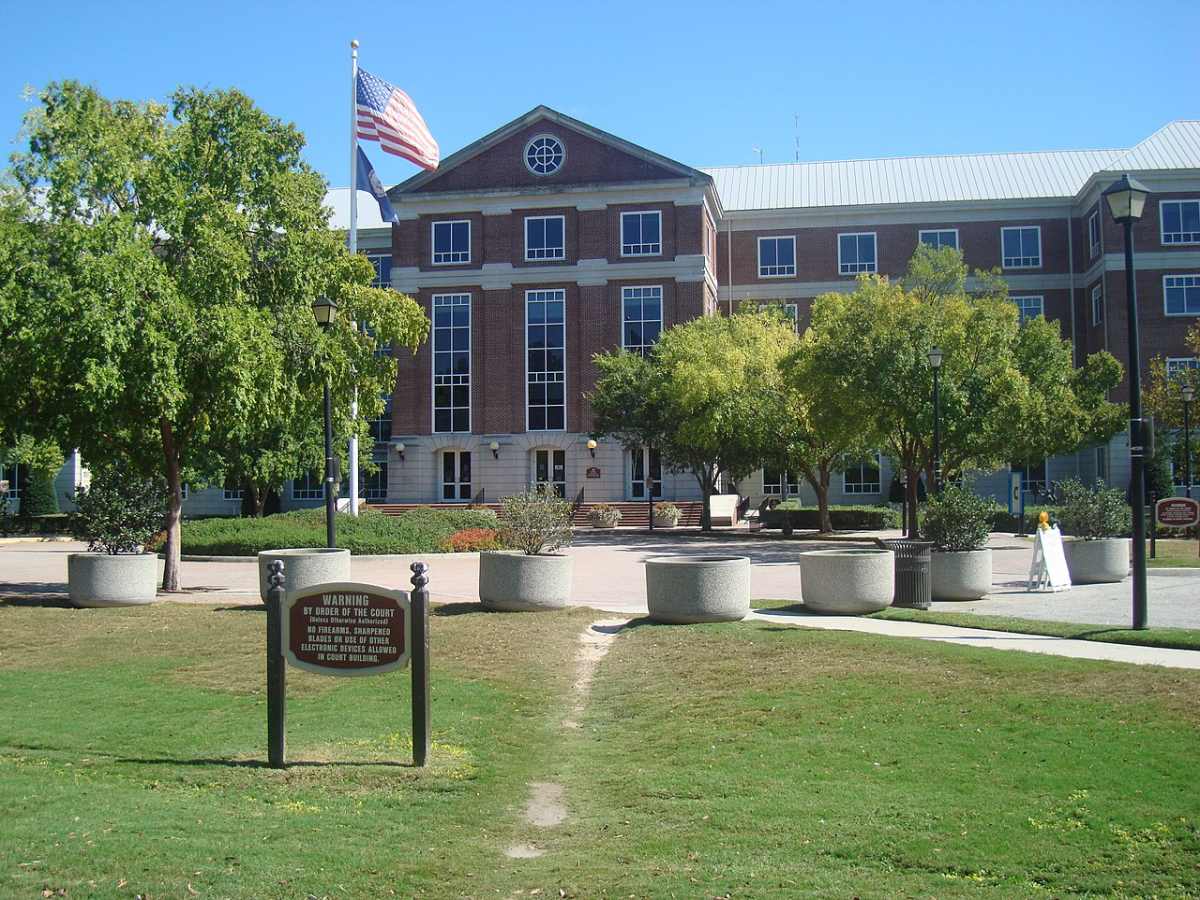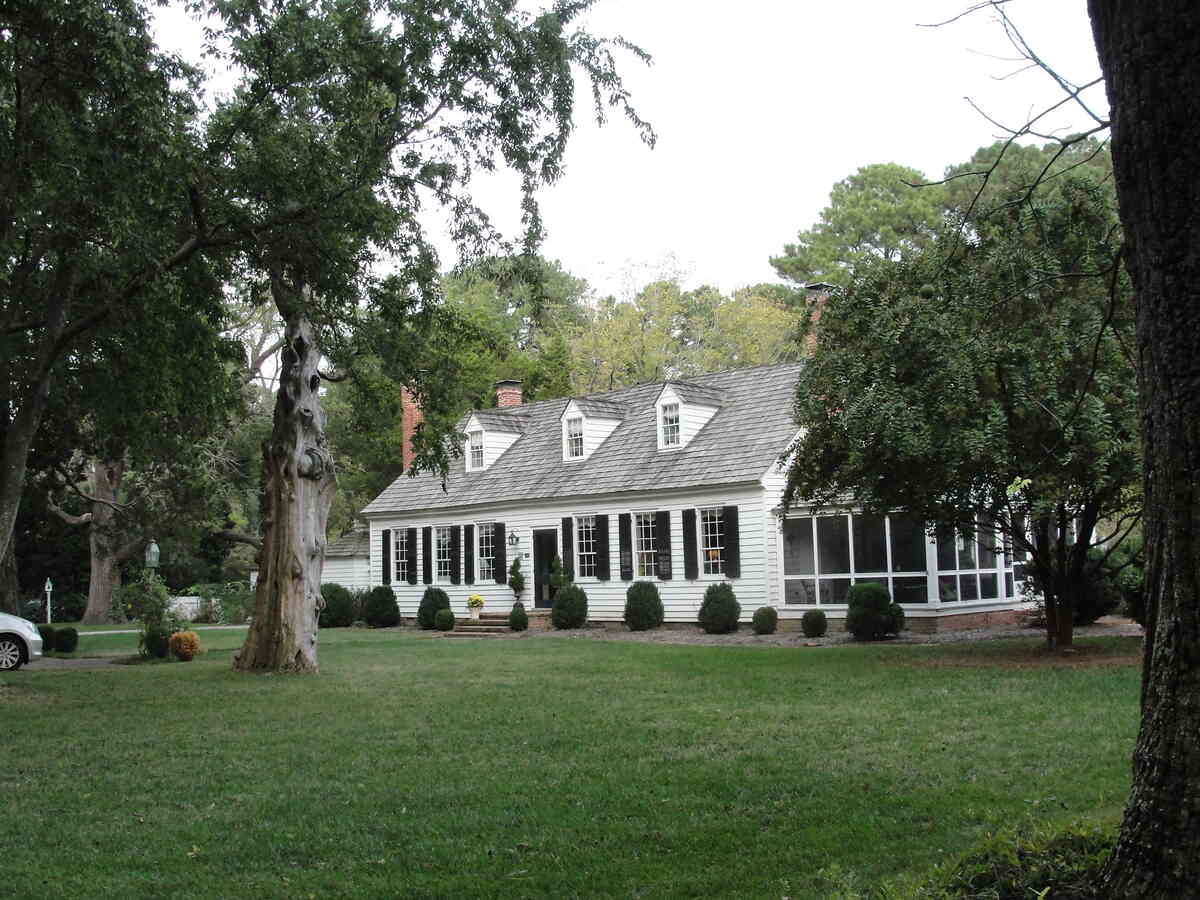
Visiting the Neptune Festival, the Nightmare Mansion, or picking pumpkins… Fall in Virginia Beach brings many festive activities for its citizens. But there’s one you might want to add to the list: your lawn care maintenance. And to keep things fun and easy, we bring you these nine fall lawn care tips for Virginia Beach homeowners.
1. Continue Mowing Until it Stops Growing
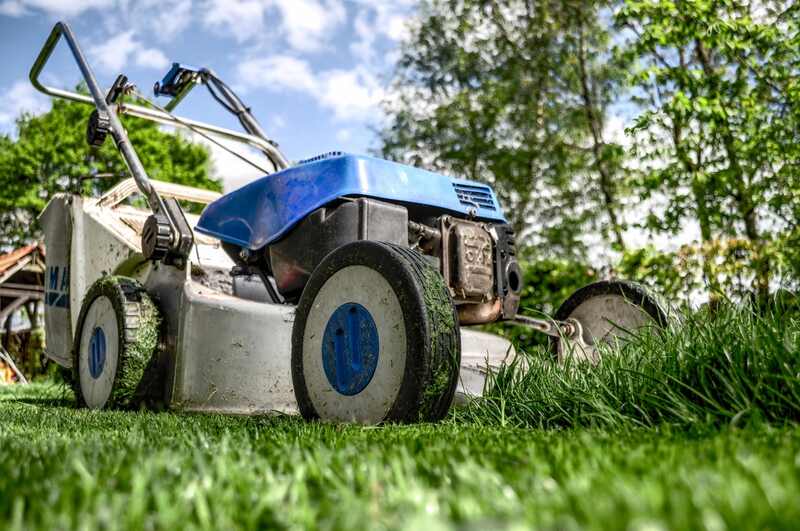
As the fall arrives, cool-season grasses wake from dormancy to start their peak growing season. For such grass types, continue to mow regularly until you notice the grass has stopped growing (which should happen by the end of fall, as the winter in Virginia Beach begins).
However, when you have warm-season grass in Virginia Beach, the mowing frequency will decrease as the growth slows down. Lower the height half an inch shorter than in summer to prepare the grass to enter its dormant stage. The chart below shows the mowing height and frequency for each grass type:
| Grass Type | Mowing Height | Mowing Frequency |
| Bermudagrass | 1½–2½ inches | Every 7-10 days |
| St. Augustinegrass | 3½–4 inches | Every 7-10 days |
| Zoysiagrass | 1-2 inches | Every 7-10 days |
| Tall Fescue | 3 inches | Every 4-5 days |
Mowing One Last Time
For warm-season grasses, when you notice your grass has stopped growing, do one last cut at the higher height range recommendation to prevent winter damage.
For cool-season grasses, the height recommendation of the last mow is 2 to 2.5 inches high, or on the lower end of the recommended range, to prevent mold growth during winter.
Regardless of grass type, remember the one-third rule: Don’t cut more than one-third of the grass’s total canopy area at once.
A pro tip: Use the grass clippings as mulch on your lawn.
2. Prune Your Deciduous Trees
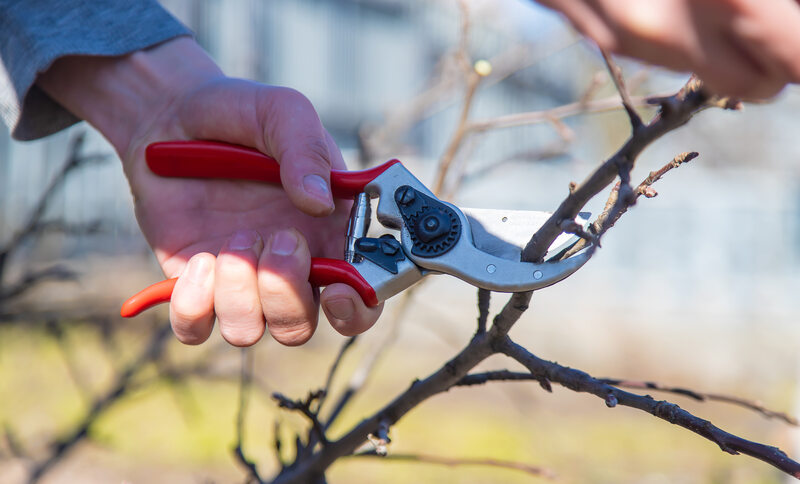
If you have any deciduous trees that overhang your lawn, late fall is a good time to trim them back. But this is good advice only if applied to deciduous trees. Here’s why:
- Dormancy stage: During fall, deciduous trees enter their dormancy phase. Pruning during dormancy puts less stress on the tree because it is not actively growing or producing new leaves or flowers.
- Better visibility: During dormancy, the tree’s foliage is gone, making it easier to see the tree’s structure and identify any damaged, diseased, or dead branches that need to be removed.
- Encourages healthy growth: By removing weak, damaged, or diseased branches, pruning allows more sunlight and air circulation to reach the remaining branches, and encourages the development of a strong, well-balanced structure.
- Prevents disease: Removing any infected or infested branches before they can spread to the rest of the tree will help avoid the worsening of any pest or disease.
As an additional advantage: Pruning prevents excess shade on the grass so that it gets as much sunlight as possible.
3. Manage the Leaves in Your Lawn
As Virginia Beach homeowners know, East Coast autumns are known for foliage. While the rich hues of amber and red colors are gorgeous to the eye, they can cause a big mess on your lawn. Rake up those leaves (or get out your mulching mower) to rake or mulch every three to four days, or soon after they fall.
There are a number of reasons why it’s important to take care of the leaves in your yard:
- Grass health: A thick layer of leaves can smother and kill your grass. This is especially problematic if the grass is still actively growing (as is the case with cool-season grasses), as it needs sunlight and air to properly absorb nutrients and grow.
- Pests and diseases: Leaves that are left to accumulate on a lawn can create a breeding ground for pests and diseases. Moisture can get trapped under the leaves, which can lead to mold and fungus growth.
- Aesthetics: And last, but not less important, a lawn covered in leaves can be unsightly and detract from your home’s curb appeal.
And here is a pro tip: You can use the fallen leaves as organic mulch, which is highly beneficial to your soil!
4. Just Keep Watering
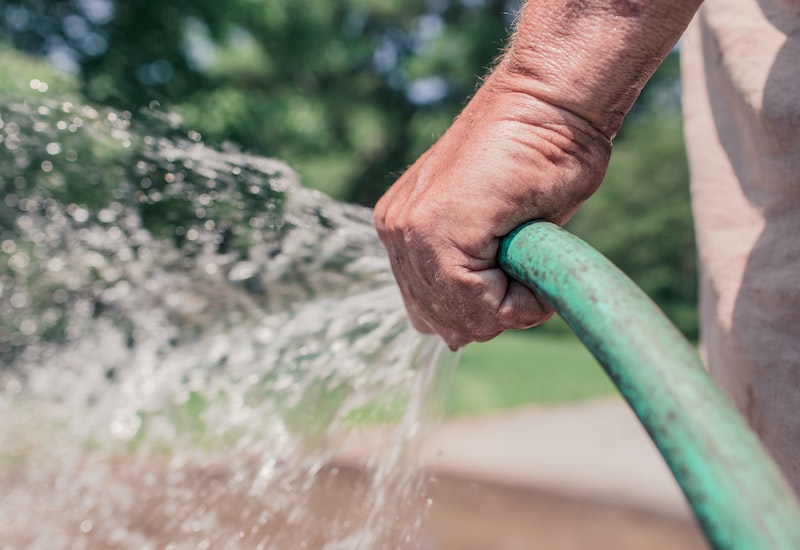
Isn’t that what Dory said? I think so, but I can’t remember… But anyways: During fall, keep the irrigation system running according to your grass type’s watering needs.
- Cool-season grasses: Such grass types are at their growth peak during fall. You should water them deeply to encourage root growth, using 1 inch of water per week.
- Warm-season grasses: For these types, the seasonal rainfall may suffice. But take notice of any signs of dryness (grass that is wilting or changing color), as this may indicate the grass still needs deep watering before the ground freezes.
5. Fertilize Your Turfgrass
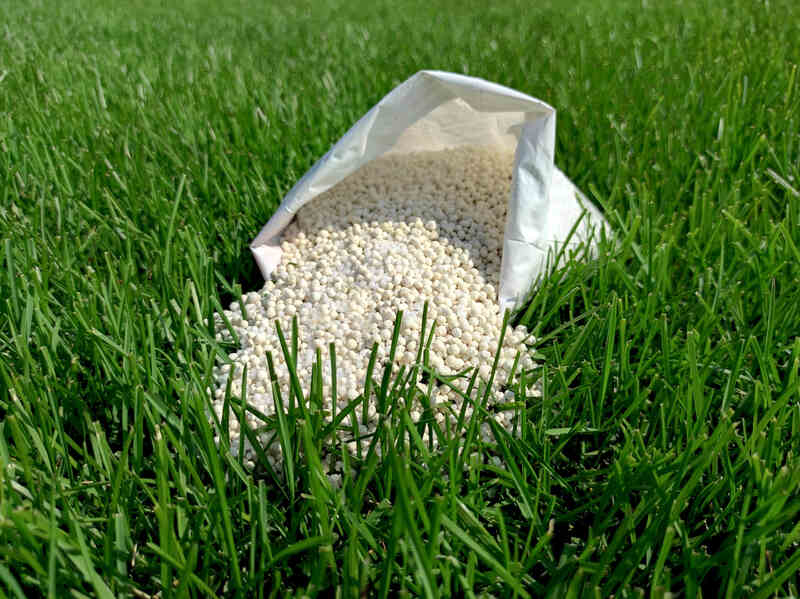
While many homeowners fertilize their lawns in early spring and sometimes in the summer, fall fertilization is ideal for cool-season grasses and can be beneficial to warm-season grasses as well.
- Doing a soil fertility test will be of great help to you. Soil testing tells you the soil pH, nutrient levels, and level of organic matter. Contact your local Virginia Beach Cooperative Extension office to get the materials you need.
- Use the right product for your soil’s needs. The soil test report will likely recommend how much nitrogen, phosphorus, and potassium you need.
- Follow the recommendations for the fertilizer you’re using. Liquid fertilizers and granular fertilizers have different application methods, so make sure you know how to fertilize the lawn.
| Grass type | When to fertilize | What type of fertilizer to use |
| Warm-season (Bermudagrass, Zoysiagrass, and St. Augustinegrass) | October to November, before the grass goes dormant (optional) | Apply fertilizers containing potassium for winter survival |
| Cool-season (tall fescue) | September, October, and November | Apply a slow-release nitrogen fertilizer |
But why use potassium on warm-season grasses? Applying potassium fertilizers to warm-season grasses during fall helps your lawn to survive winter dormancy by improving:
- Cold tolerance
- Root growth
- Drought and disease resistance
6. Aerate Your Cool-Season Turfgrass
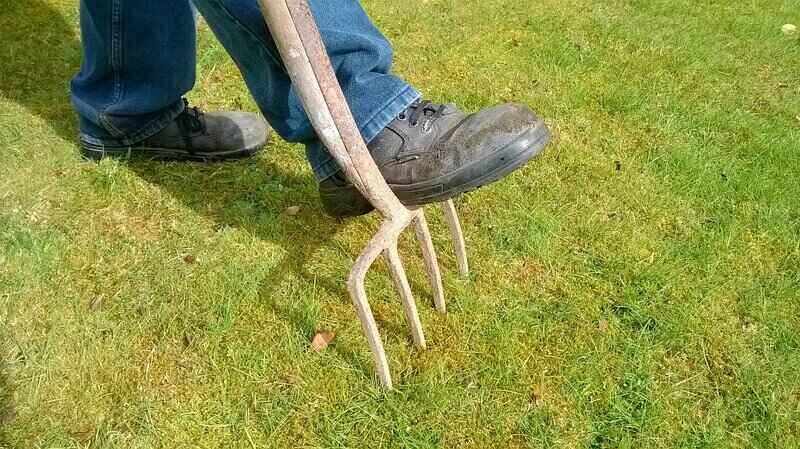
Aeration should be done during the lawn’s growing phase when the grass can recover from the process. That’s why the fall is the perfect time to aerate your tall fescue lawn. Core aeration consists in making small holes in the soil, pulling up the dirt, and allowing for air to come in – letting your lawn “breathe.”
Aerating the soil is beneficial for a number of reasons:
- Relieves soil compaction, and as a consequence, it will improve water, oxygen, and nutrient absorption.
- Improves root growth by allowing the roots to access these resources more efficiently and providing more space for the roots to grow.
- Reduces thatch because it increases the activity of microorganisms in the soil that decompose thatch.
- Boosts infiltration, which prevents environment-damaging fertilizer and pesticide run-offs.
A pro tip: Do the screwdriver test to check if your soil is compacted. If you are able to push a screwdriver 3 inches into the soil, then aeration won’t be necessary for your lawn right now.
7. Overseed Your Cool-Season Lawn
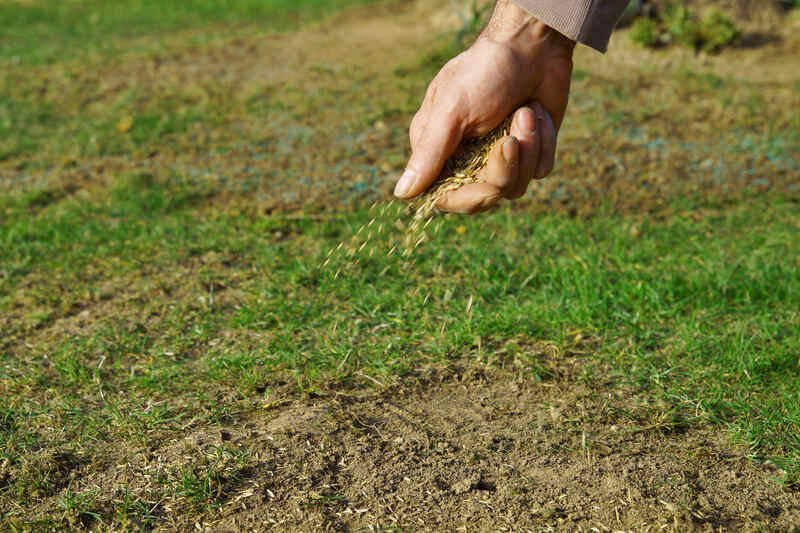
As part of the aeration process for your cool-season lawn, you will also want to spread grass seed over the existing lawn to encourage new growth. This is called overseeding or reseeding. But why is it important?
- If you have dead spots or patches of grass that have suffered from drought or other stress throughout the warm summer months, overseeding will help your lawn grow new grass.
- The mild temperatures of the fall are ideal to promote seed germination of cool-season grass types.
- By overseeding in the fall, you give your grass a 2 to 3 months headstart to establish itself before the winter temperatures stop its growth. When spring in Virginia Beach arrives, your lawn is already beautiful and strong.
What if my lawn has warm-season grass? Then you’ll only have to worry about reseeding during late spring or early summer.
An important tip: Overseed your cool-season lawn around 4-6 weeks before the first frost, which is estimated to happen between November 5 and November 25.
8. Winterize Your Lawn
One of the important steps in fall lawn care is preparing the grass for winter. For this reason, winterizing your lawn is of utmost importance in the late fall period:
- Fertilize: Appling a winterizing fertilizer to your lawn in late fall will help provide the necessary nutrients to help your lawn survive the winter and come back strong in the spring.
- Mow: As fall comes to an end, gradually lower the cutting height of your lawn mower until the final mowing is at a lower height than during the summer. This will help prevent matting and snow mold growth during the winter.
- Remove leaves: Rake or mulch fallen leaves from your lawn regularly. Leaves can block sunlight and moisture from reaching your lawn and can create an environment that’s conducive to mold and disease growth.
- Aerate: Aerating your cool-season lawn in the fall can help reduce soil compaction and improve air and water movement in the soil. This can help your lawn absorb nutrients and moisture more effectively.
- Water: As the weather gets colder, reduce your lawn watering frequency, but make sure that your lawn is still getting adequate moisture. Your lawn still needs water to survive the winter, but stop watering once the ground is frozen.
Remember that your lawn equipment and home also need winterizing. Here’s a checklist:
- Winterize your lawn mower before putting it in storage.
- Winterize your sprinkler system as well.
- Prepare your screened-in porch to keep the cold winter air out.
- Don’t forget to clean your gutters!
9. Control Weeds
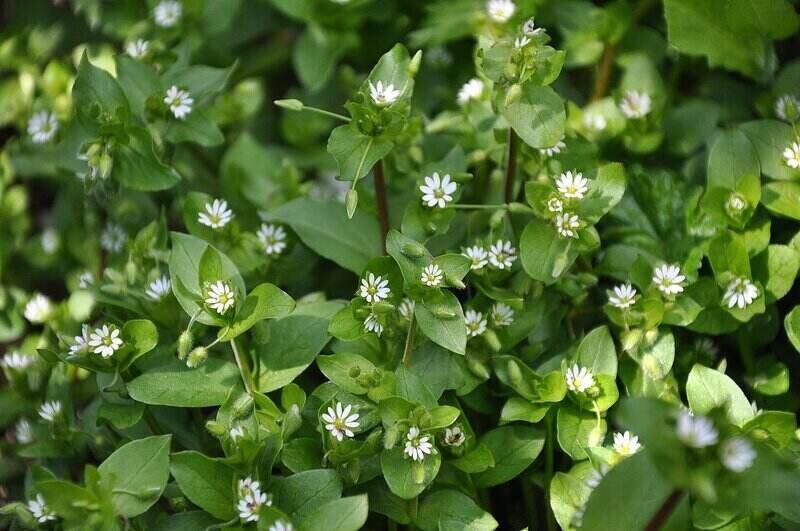
The fall season is a great time to apply pre-emergent herbicides to avoid some of the most common Virginia Beach winter broadleaf weeds:
- Chickweed
- Buttercup
- Deadnettle (also known as henbit and considered by some to be a helpful ground cover)
- Carolina geranium
Pre-emergent herbicides only work well if applied when the soil temperature is 70 degrees or below, and that’s why the mild temperatures of the Virginia Beach fall are ideal.
If you’re dealing with an active weed problem, don’t worry: These lawn weeds can also be treated while young and growing. Just make sure to apply a post-emergence herbicide instead.
FAQ
Virginia Beach is in USDA hardiness zone 8a.
For cool-season grasses, overseed during fall (August to October). For warm-season grasses, overseed in spring (May to June).
For fall lawn care in Virginia Beach, these are the most important steps:
● Rake or mulch the leaves every few days to avoid smothering the lawn
● Water deeply and less frequently to promote root growth
● Fertilize the lawn to help it endure winter
● Mow until your grass stops growing
● Aerate and overseed your cool-season lawn
Contact a Local Pro
Fall lawn care in Virginia Beach is crucial if you want a healthy lawn all year-round. Follow these tips to have beautiful green grass come spring. But you don’t have to do all this work on your own.
Our lawn care pros give you back valuable time so you can put on a mask and go trick or treating instead of worrying about your lawn. Contact a Virginia Beach lawn care professional for a free quote.
Main Image Credit: Hermitage house va beach 9 2012 / SueCorcoran / Wikimedia Commons / CC BY-SA 3.0
